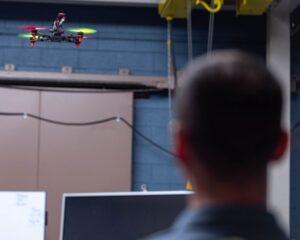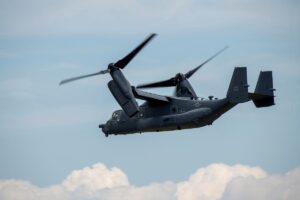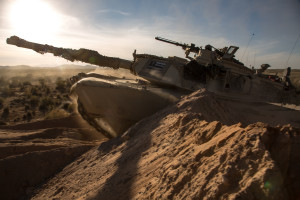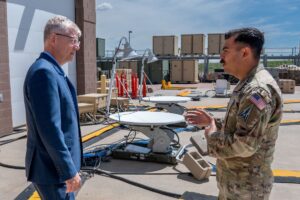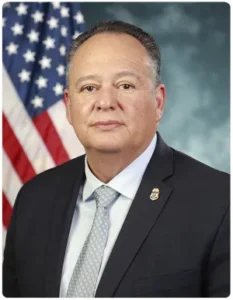
The surge Defense Department equipment and personnel to the southern border to help staunch the flow of illegal crossings and related activity has played an important role in the Trump administration’s success in its goal in improving border security, the acting chief of Customs and Border Protection (CBP) said on Thursday. The “inject” of additional DoD personnel and the various systems they have brought has provided “more line-of-sight…more technology…more coverage on the border,” allowing our agents to be able to…

 By
By 

